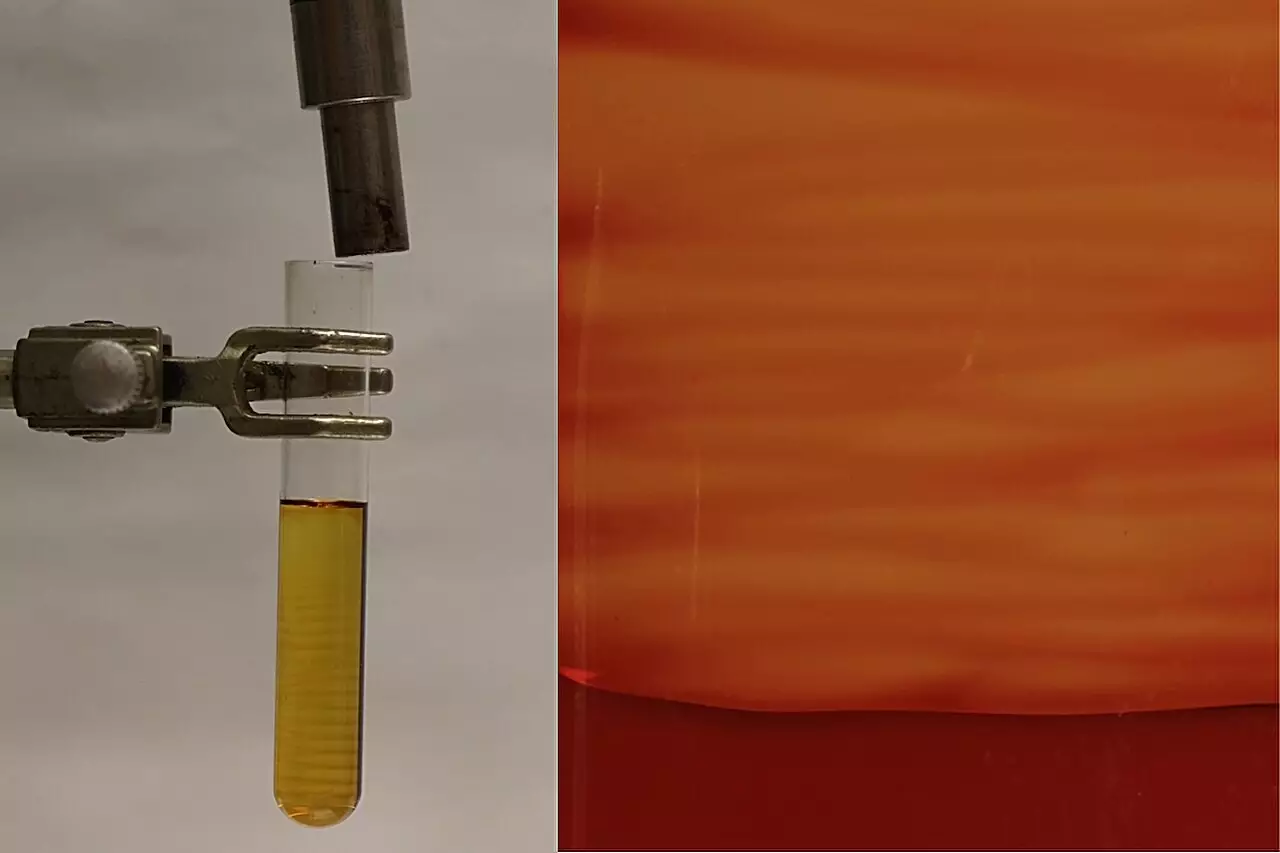Biological organisms are often marvels of engineering, presenting robust structures intertwined with flexibility. Among the most intriguing examples is the sea sponge, a creature that remarkably layers its biological materials to combine both strength and resilience. The sponge’s architecture exemplifies how natural systems manage to integrate hard and soft materials into a cohesive form, utilizing mineral components alongside softer, pliable parts. This organic approach demonstrates nature’s skillful design in achieving both robustness and adaptability. In the world of materials science, mimicking such sophisticated natural structures opens new paths for innovation and application, particularly in the development of synthetic materials.
Researchers at the Beckman Institute for Advanced Science and Technology have been investigating these natural patterns, emphasizing their potential for synthetic applications. Nancy Sottos, a noted researcher, highlights how the blending of stiff and soft regions enhances the overall durability of materials. This approach acknowledges that the inherent properties of materials extend beyond their basic attributes, suggesting that the structural arrangement plays a significant role in their performance. By leveraging this understanding, scientists are developing synthetic polymers that aspire to the complexity of biological systems, leading to groundbreaking applications across multiple sectors, including aerospace and biomedical engineering.
A significant advancement in this field has been the application of frontal polymerization, a heat-triggered process that facilitates controlled polymerization. This technique was noted in a 2021 study by Sottos and her team and has since been refined to enhance the process of creating bio-inspired materials. The most recent study published in Nature details how this technique can yield crystalline formations within polymers, intricately combining artistic and scientific practices to produce materials that surpass conventional limits of toughness and durability. This fusion of attributes results in a product capable of enduring significant stresses without succumbing to failure, similar to the strength demonstrated by natural structures.
The research journey showcases the significance of interdisciplinary collaboration as a catalyst for innovation. Researchers like Jeff Moore and Cecilia Leal played pivotal roles in exploring the fundamental principles that govern material behaviors. By employing techniques like X-ray scattering, Leal was able to illustrate how polymer chains are organized within the patterned materials, a critical aspect in understanding the relationship between structure and material properties. This systematic analysis is not merely academic; it provides practical insights that can be leveraged in real-world applications, from improving the resilience of products to enhancing the safety of vehicles.
The contributions from academic collaborations extend into modeling, where researchers such as Philippe Geubelle focused on the thermochemical phenomena inherent in the manufacturing processes. By precisely tracking these reactions, the team can modulate the characteristics of the materials being developed. This modeling provides a theoretical framework that guides experimental procedures, informing researchers about anticipated outcomes while allowing for adjustments along the way. It ultimately emphasizes that advancement in material science is a nuanced dance between experimentation and theoretical insight.
The results of this collaborative effort herald significant strides in materials engineering, suggesting that the design principles discovered in nature can inform synthetic strategies. Sottos, Moore, Leal, and Geubelle’s work underscores the tremendous potential rooted in interdisciplinary exchanges. By fostering an environment where researchers across various domains interact, the Beckman Institute stands as a model for collaboration that can lead to significant breakthroughs.
The pursuit of enhancing synthetic materials through the lens of biological inspiration illuminates a promising path forward. Not only do these findings have the potential to revolutionize existing technologies, but they also stimulate the imagination, encouraging further exploration into the untapped potential of natural designs. As scientists continue to peel back the layers of biological systems, the prospects for innovative applications seem boundless, paving the way for smarter, more resilient materials that can meet the demands of future challenges.

